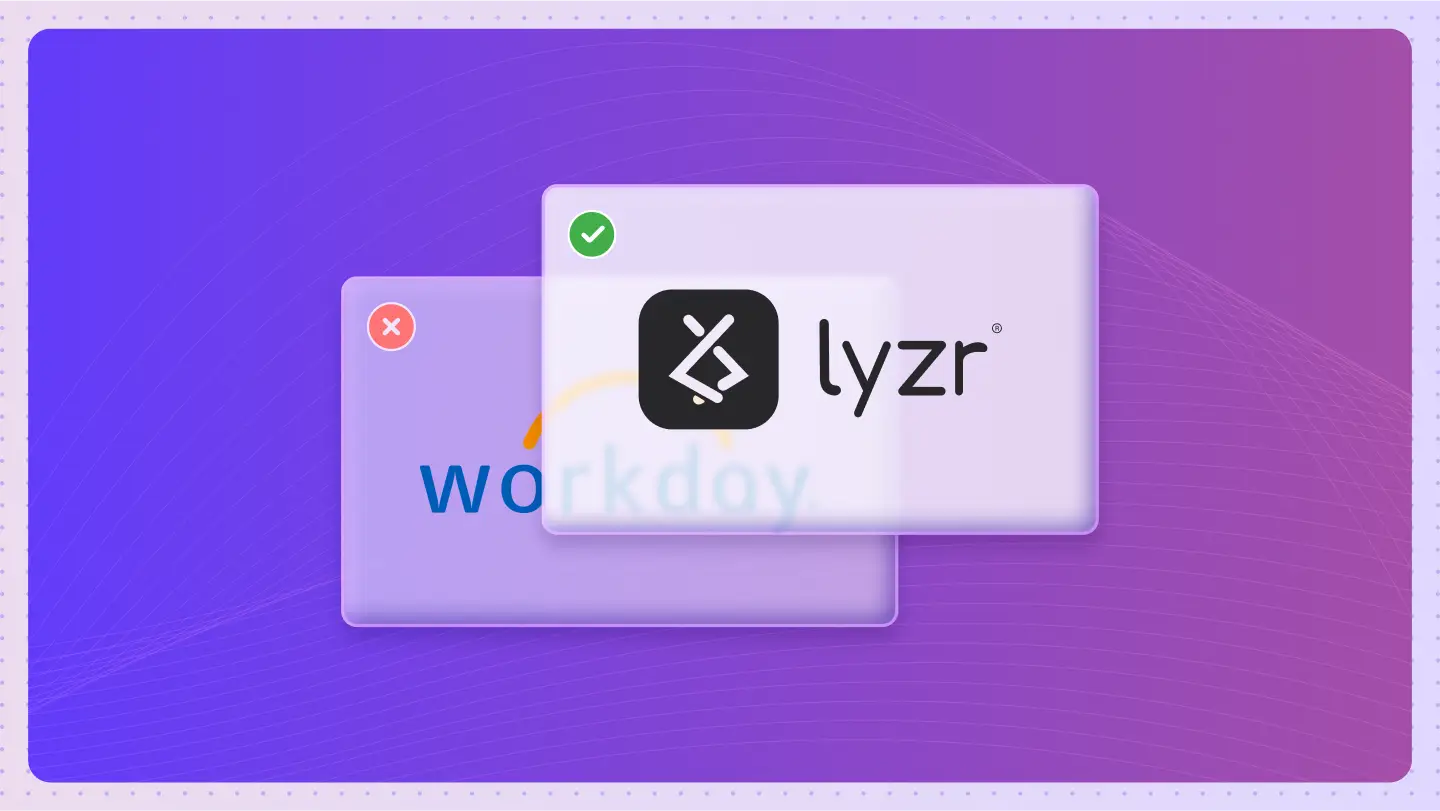Blueprint
- Banking
- Finance
- HR
- AI L&D
- ESAT Survey
- AI Performance Review
- Employee Onboarding
- AI Hiring Assistant
- Exit Interview
- HR Helpdesk
- Job Description Generator Agent
- Candidate Screening and Mapping Agent
- LinkedIn Resource Research Agent
- Performance Review Agent
- Learning & Development Assistant
- Employee Satisfaction Survey Agent
- Exit Interview Agent
- Compensation Negotiation Agent
- Interview Analysis Agent
- Interview Scheduler Agent
- Candidate Matching Agent
- Candidate Sourcing Agent
- Background Verification Checks Agent
- Intelligent Knowledge Search Agent
- Policy Generator Agent
- People Self-Serve Analytics Agent
- Employee Satisfaction Survey Agent
- Customer Service
- Insurance
- Marketing
- Sales
- Legal
AI agent use case blueprint
Discover how AI agents can transform the way your organization works. This blueprint highlights a range of real-world use cases, illustrating how intelligent automation can streamline processes, enhance decision-making, and create new value across teams and industries.






